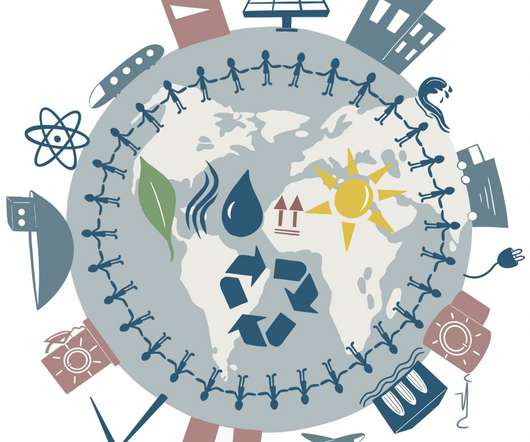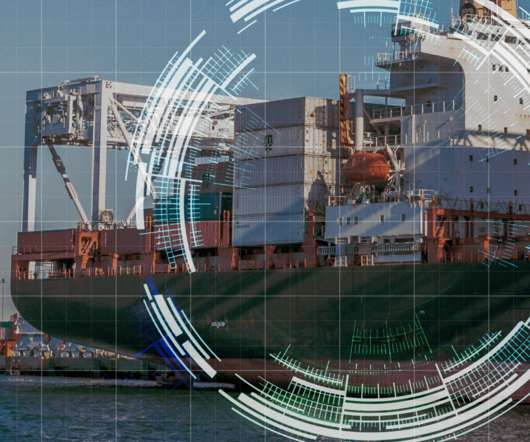An Update from Sharm El-Sheikh on Decarbonisation of Transport
The Logistics & Supply Chain Management Society
JANUARY 3, 2023
The next step of the ZEV declaration integrates workstreams of the United Nations Framework Convention on Climate Change (UNFCCC) High Level Action Champions (HLAC) with Automotive Manufacturers and The Climate Group’s EV100 to avoid duplication of effort and to pool resources. Shipping Routes: Clydebank Declaration.
















Let's personalize your content